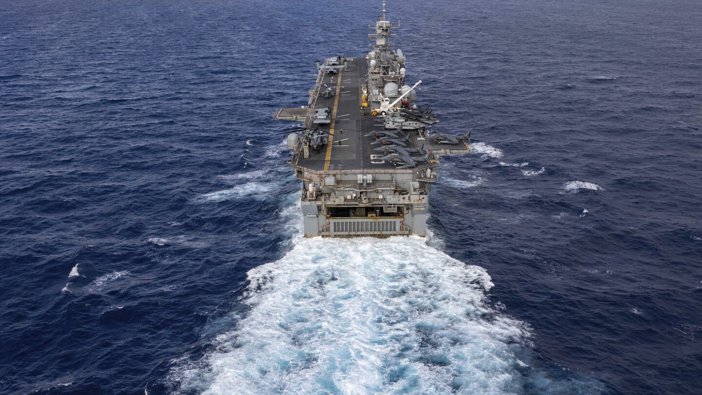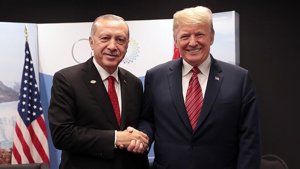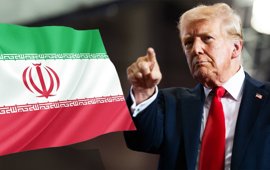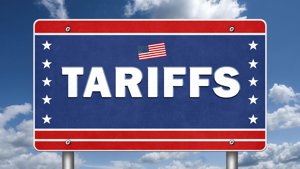
U.S. Military Build-Up Pressures Iran
The United States is significantly increasing its military presence in the Middle East as President Donald Trump escalates pressure on Iran to agree to a nuclear deal. According to reports, Trump issued a stark warning to Iran, threatening "bombing the likes of which they have never seen before" unless a deal is reached within two months.
To support this posture, the U.S. has announced enhanced regional deterrence through Central Command (CENTCOM). The Harry S. Truman Carrier Strike Group will remain in the region, and the USS Carl Vinson is being redirected from the Philippine Sea to Bahrain, expected to arrive around April 10. These naval forces will deploy Super Hornet strike fighters, F-35 stealth jets, and EA-18G Growler electronic warfare aircraft.
Additionally, the U.S. has deployed up to six B-2 nuclear-capable bombers and a squadron of Thunderbolt subsonic attack aircraft. This move underscores Washington’s commitment to increasing pressure on Tehran as diplomatic efforts stall.
Meanwhile, Iran continues producing uranium enriched to 60%, a level close to weapons-grade. The International Atomic Energy Agency (IAEA) estimates that Tehran now holds enough enriched material to produce six nuclear bombs if refined to 90% purity. U.S. intelligence also confirms Iran holds the largest ballistic missile arsenal in the region, including cruise and anti-ship missiles with ranges up to 2,000 kilometers (1,200 miles).
Iran's drone program also remains a concern, with some unmanned systems reportedly capable of carrying payloads of up to 300 kilograms. Tehran continues to arm regional militant groups such as the Houthis, further contributing to instability in the Middle East.
While both the United States and Iran currently prioritize deterrence, the buildup of military assets and rising tensions present serious risks of escalation. Observers warn that any misstep could lead to a broader conflict, especially as diplomatic channels remain uncertain and the deadline approaches.






